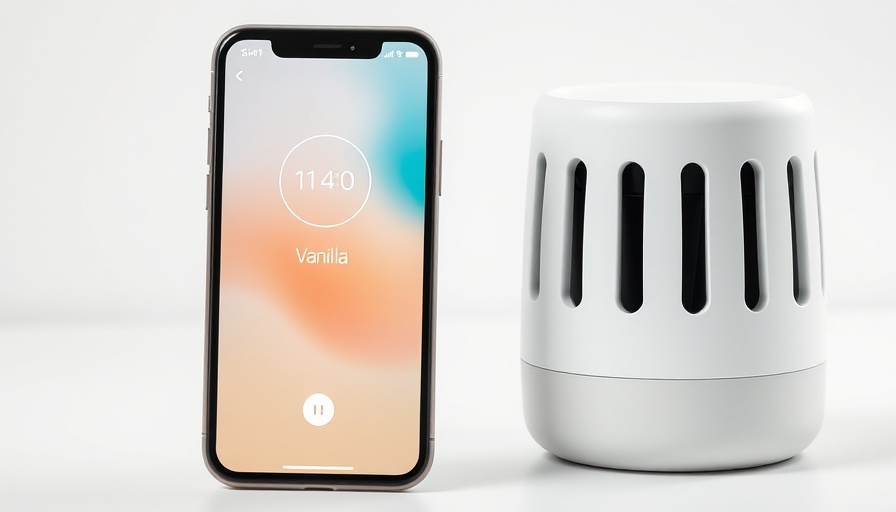
Transforming Smell Testing in Healthcare
At the forefront of innovation, biomedical engineering students at Johns Hopkins University have developed a groundbreaking device known as ScentCare, which could revolutionize how clinicians detect smell dysfunction. This novel approach integrates a simple device featuring scented inhaler cartridges and a user-friendly smartphone app, making it accessible for older adults who often face challenges with traditional methods.
Why Smell Matters: Understanding the Health Implications
Smell loss, or anosmia, is often an overlooked aspect of overall health. Studies indicate that up to a quarter of adults over 40 experience some alteration in their olfactory senses, which can signal underlying health issues, including neurodegenerative diseases like Alzheimer's and even early signs of viral infections like COVID-19. The ScentCare app assesses a user’s ability to identify scents across four categories: woody/earthy, floral, citrus, and herbal/spicy. Early diagnosis through such technology can lead to proactive health management strategies, particularly for at-risk populations.
Streamlined Testing with Real-World Application
Ramani and Sadlowski, the students behind ScentCare, aim to integrate this tool into routine health assessments. Their vision is to simplify the process so that healthcare providers can administer scent tests easily, which aligns with emerging trends highlighted in recent evaluations of olfactory testing. Experts advocate that integrating such tests in clinical settings can enhance health outcomes by enabling earlier intervention for conditions associated with smell loss.
Lessons from Recent Research on Smell-Function Assessments
Research initiatives have spotlighted the importance of smell tests in the wake of the COVID-19 pandemic, where smell dysfunction came to the fore as a common symptom. In the wake of this awareness, various institutions have explored developing methods for comprehensive smell assessments that can be readily deployed in the medical community. Insights from studies have encouraged the development of universal testing tools, paralleling the objectives of ScentCare in providing an accessible means to gauge health implications related to olfactory functions.
Looking Ahead: The Future of Smell Testing in Clinical Practice
The ultimate goal for Ramani and Sadlowski is to get ScentCare into clinics and homes, paving the way for healthier lifestyles among those who often overlook this sense. As they continue to advance their project, they’ll need to navigate the regulatory landscape for clinical tests while ensuring that their technology gains traction in actual medical contexts.
In conclusion, the development of ScentCare illustrates a promising fusion of health, technology, and practical innovation. As the significance of smell in health becomes clearer, MedSpa owners and aesthetic professionals should keep an eye on emerging technologies that enhance the intersection of sensory health and wellness, carrying implications for their practices and patient care methodologies.
 Add Row
Add Row  Add
Add 

 Add Element
Add Element  Add Row
Add Row 




Write A Comment